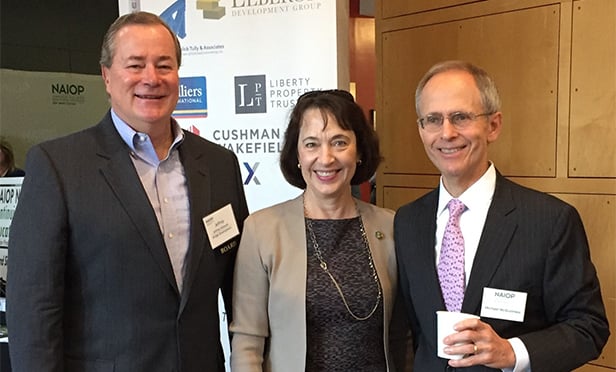Recently, San Francisco passed a mandatory Soft-Story Retrofit Ordinance that will require a seismic retrofit of existing buildings identified as having a soft-story hazard, typically on the first floor. Though not the first city to enact such an ordinance, it is the largest to do so. The ordinance could affect an estimated 3,000 number of buildings in San Francisco, primarily multi-family with mixed-use tenants or parking on the first floor level.
What is Considered a Soft Story?
Certain buildings have deficient seismic capacity at the first floor level (termed a soft or weak story) – i.e., they do not perform well during an earthquake due to a lack of seismic strength. Examples of soft stories include tuck under parking, glass front walls, and first floors with a much greater height than on other floors.
Not all soft stories are seismically deficient; newer buildings built to more modern building codes will perform better during a seismic event. The San Francisco Soft-Story Retrofit Ordinance only applies to building built prior to 1978 that have more than 5 residential apartment units, and must be at least three stories tall.
An unofficial list of affected buildings exists and has been published in local news outlets - called “potentially earthquake unsafe residential buildings – a (very rough) list.” The official list of buildings will be receiving notices from the City starting late Summer 2013.
Schedule of Implementation
The San Francisco ordinance takes a phased approach to the seismic retrofits, with 7 years to complete the entire program. The first year includes a building inventory and screening phase to identify the subject buildings that may require further seismic evaluation and potential retrofit. The buildings will be retrofitted in four phases over the remaining six years. Corner buildings and buildings with high occupancy will be addressed in Phase 1 ending with mid-block buildings with fewer apartment units in Phase 4.
How Will This Affect Transactions?
Owners of these buildings will, at some point in the next 7 years, be forced to spend a not insignificant amount on a structural retrofit. Many owners will look for financing. For lenders, perhaps this represents an opportunity to increase the amount of the loan at origination to cover the cost of the retrofit. At the very least, lenders should consider how this ordinance could affect loan repayment.
A potential structural evaluation and retrofit does not have represent a road block to a deal – retrofitting can be far more cost effective than obtaining earthquake insurance.
Webinar for More Information
On June 4, 2013 Partner Engineering and Science will be presenting a 1-hour webinar on this and other soft story ordinances throughout California, and what commercial real estate parties need to know to prepare for it.
To register: Soft Story ordinance webinar.
If you want to get a better understanding of managing seismic risk in your portfolio, we have a summer webinar series on seismic risk assessments and other tools - check out our full webinars lineup.
Want to continue reading?
Become a Free ALM Digital Reader.
Once you are an ALM Digital Member, you’ll receive:
- Breaking commercial real estate news and analysis, on-site and via our newsletters and custom alerts
- Educational webcasts, white papers, and ebooks from industry thought leaders
- Critical coverage of the property casualty insurance and financial advisory markets on our other ALM sites, PropertyCasualty360 and ThinkAdvisor
Already have an account? Sign In Now
*May exclude premium content© 2025 ALM Global, LLC, All Rights Reserved. Request academic re-use from www.copyright.com. All other uses, submit a request to [email protected]. For more information visit Asset & Logo Licensing.








